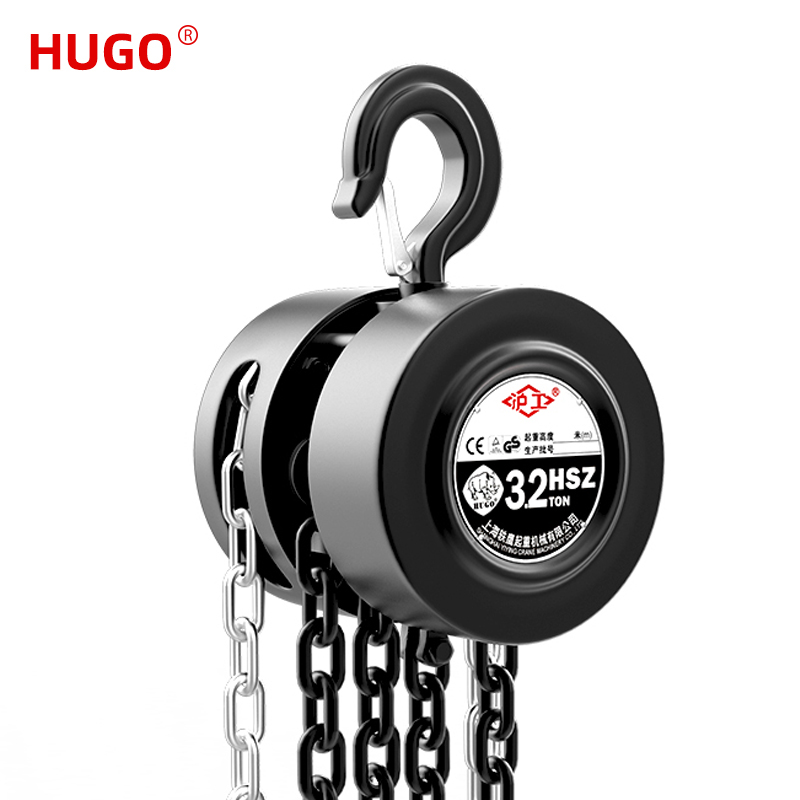Manual vs. Electric Chain Blocks: Understanding the Differences
2024-03-04
Introduction:
In various industries, lifting heavy loads is a common task, and chain blocks are essential tools for accomplishing this safely and efficiently. Two primary types of chain blocks exist: manual and electric. While both serve the same purpose, there are significant differences in their operation, capabilities, and suitability for different applications. In this blog, we'll explore the distinctions between manual and electric chain blocks to help you understand which type may be best suited for your lifting needs.
1. Manual Chain Blocks:
Manual chain blocks, also known as hand chain hoists, rely on human power to lift and lower loads. They feature a hand chain wheel or lever that is manually operated by the user to engage with the load chain, resulting in the lifting or lowering of the load. Manual chain blocks are simple in design, lightweight, and portable, making them ideal for use in areas where electricity may not be readily available or in confined spaces where maneuverability is limited.
Advantages of Manual Chain Blocks:
- Versatility: Manual chain blocks can be used in various environments and applications, including construction sites, workshops, warehouses, and maintenance tasks.
- Cost-Effectiveness: Manual chain blocks are generally more affordable than their electric counterparts, making them a budget-friendly option for small-scale lifting operations.
- Reliability: With fewer moving parts and no reliance on electrical components, manual chain blocks are often perceived as more reliable and less prone to malfunctions.
2. Electric Chain Blocks:
Electric chain blocks, on the other hand, are powered by electricity and feature an electric motor for lifting and lowering loads. They eliminate the need for manual operation, providing a more convenient and efficient lifting solution, especially for heavy or repetitive lifting tasks. Electric chain blocks typically come equipped with a pendant control or remote control for easy operation by the user.
Advantages of Electric Chain Blocks:
- Increased Efficiency: Electric chain blocks offer faster lifting and lowering speeds compared to manual chain blocks, allowing for greater productivity and reduced downtime.
- Heavy-Duty Lifting: Electric chain blocks are capable of lifting heavier loads than manual chain blocks, making them suitable for demanding industrial applications.
- Precision Control: Electric chain blocks provide precise control over lifting operations, with features such as variable speed control and overload protection mechanisms.
Key Differences Summary:
- Power Source: Manual chain blocks rely on human power for operation, while electric chain blocks are powered by electricity.
- Operation: Manual chain blocks require manual operation of a hand chain wheel or lever, whereas electric chain blocks feature an electric motor for lifting and lowering loads.
- Capacity: Electric chain blocks typically have higher lifting capacities than manual chain blocks, making them suitable for heavy-duty lifting applications.
- Speed and Efficiency: Electric chain blocks offer faster lifting speeds and increased efficiency compared to manual chain blocks.
Conclusion:
Both manual and electric chain blocks serve essential roles in lifting operations, offering distinct advantages depending on the specific requirements of the task at hand. Understanding the differences between these two types of chain blocks can help you make an informed decision when selecting the most suitable option for your lifting needs. Whether you prioritize portability, affordability, or heavy-duty lifting capabilities, there is a chain block type available to meet your requirements and enhance safety and efficiency in your lifting operations.



